Implementing various designs in your backyard is possible, such as creating a musical waterfall or building an eco-friendly version.
Other innovative concepts include constructing a wine bottle waterfall or a staircase waterfall.
However, sooner or later, a new problem might arise that can spoil the aesthetics of your garden and the waterfall.
This is the turning of your waterfall green. But what causes it and how to prevent it from turning green puzzle many gardens and homeowners.
So, this post will explain why your backyard waterfall or garden fountain is turning green and how you can prevent it from appearing nasty.
Why Do Waterfalls and Fountains Turn Green?
The primary reason any water body appears greenish is algae growth.
If backyard waterfalls or fountains do not undergo regular cleaning and maintenance, then over time, some algae take over the water and form colonies in it, leading to a change in the water body’s appearance.
Water is a great medium for algal growth. Algae are microscopic forms that can be of various appearances.
Seaweed is the most well-known form of algae. Algae can be green, brown, or red. If you are wondering how the algae appears in your waterfall in the first place, you will be surprised to know that the wind blows it in your waterfall.
Algal spores are abundantly available in the wind, which carries it from one place to another.
The algal spores begin thriving anywhere and everywhere, wherever they find moisture and nutrients.
The most common forms of algae that conquer garden waterfalls and fountains are string and pea soup algae.
Algae can quickly take over a water body due to their aggravating growth rate.
This can disrupt the garden’s aesthetics and also block the filtration system of the fountain or waterfall.
Hence, regular cleaning and maintenance of the waterfall are needed to prevent algal growth. You could do this yourself or hire professionals.
How to Clean Your Waterfall?
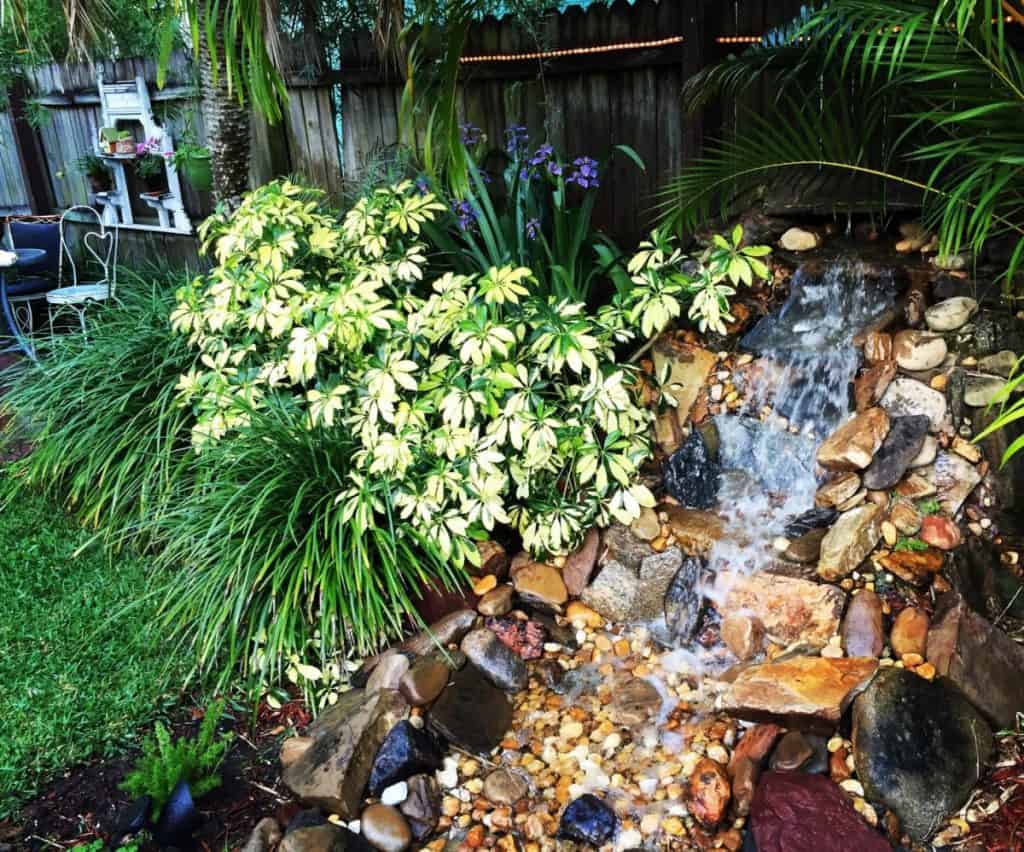
First and foremost, you must clean the waterfall and keep its parts free from waste materials and nutrients.
This will discourage algal growth and prevent your waterfall from turning green. Alternatively, you could opt for seasonal cleaning to keep your waterfall clean.
Besides this, cleaning your waterfall once or twice a year is sufficient for maintaining it. Here’s how you could do it yourself:
- Turn off the waterfall.
- Next, set aside the pump and its decorative features.
- Now, place the fountain pump in the sink and clean it with a brush to remove the debris.
- Followed by this, you have to rinse it under a gushing stream of water.
- Also, back flush the pump to clear it out of the debris.
- You can dissolve mild soap in a bucket full of water and use this cleaning solution to clean the inside of the fountain.
- Finally, take a non-abrasive sponge to rub and clean the inside of the fountain.
- Remove any algal or fungal growth inside.
- Ultimately, assemble the setup.
- Repeat once or twice a year to keep your fountain clean.
Prevent Your Waterfall from Appearing Green
Here are some tips to prevent string algae growth in your waterfall.
1. Unplug the Waterfall for a Day

If you turn off the water for a day, the waterfall will dry up and expose the rocks to the sun.
String algae, which need constant moisture and nutrients to survive, will stop thriving in the waterfall. In addition, the strong sunlight will kill the algae.
2. Naturally Control Algae
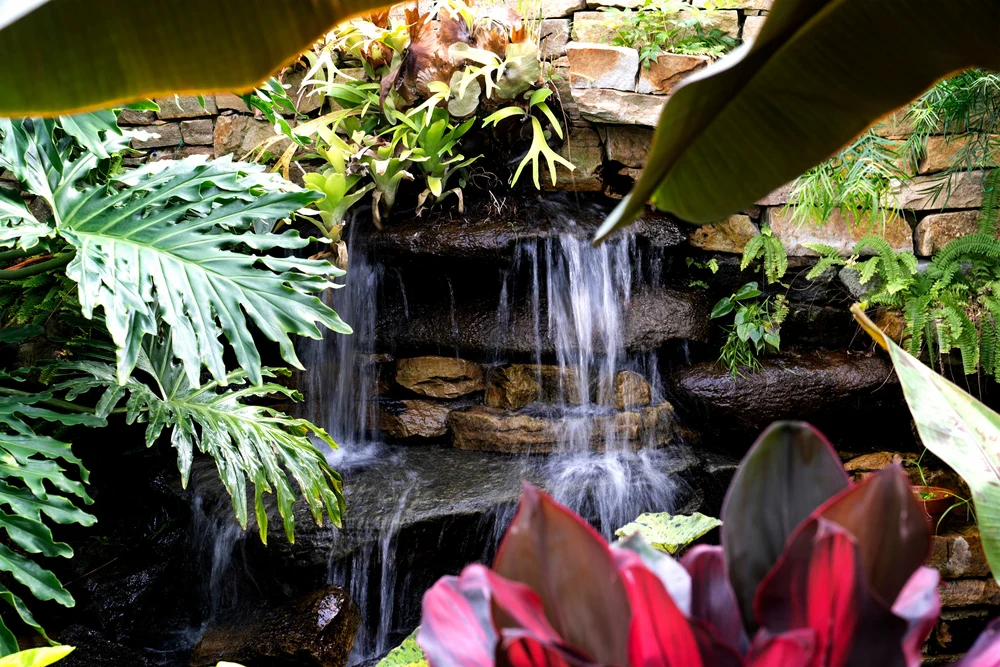
Plant some tall trees around the fountain to prevent the algae from getting enough sunlight to thrive in the waterfall.
Another natural way to stop algal growth is by introducing some beneficial bacteria into the waterfall.
3. Chemical Methods to Control Algae
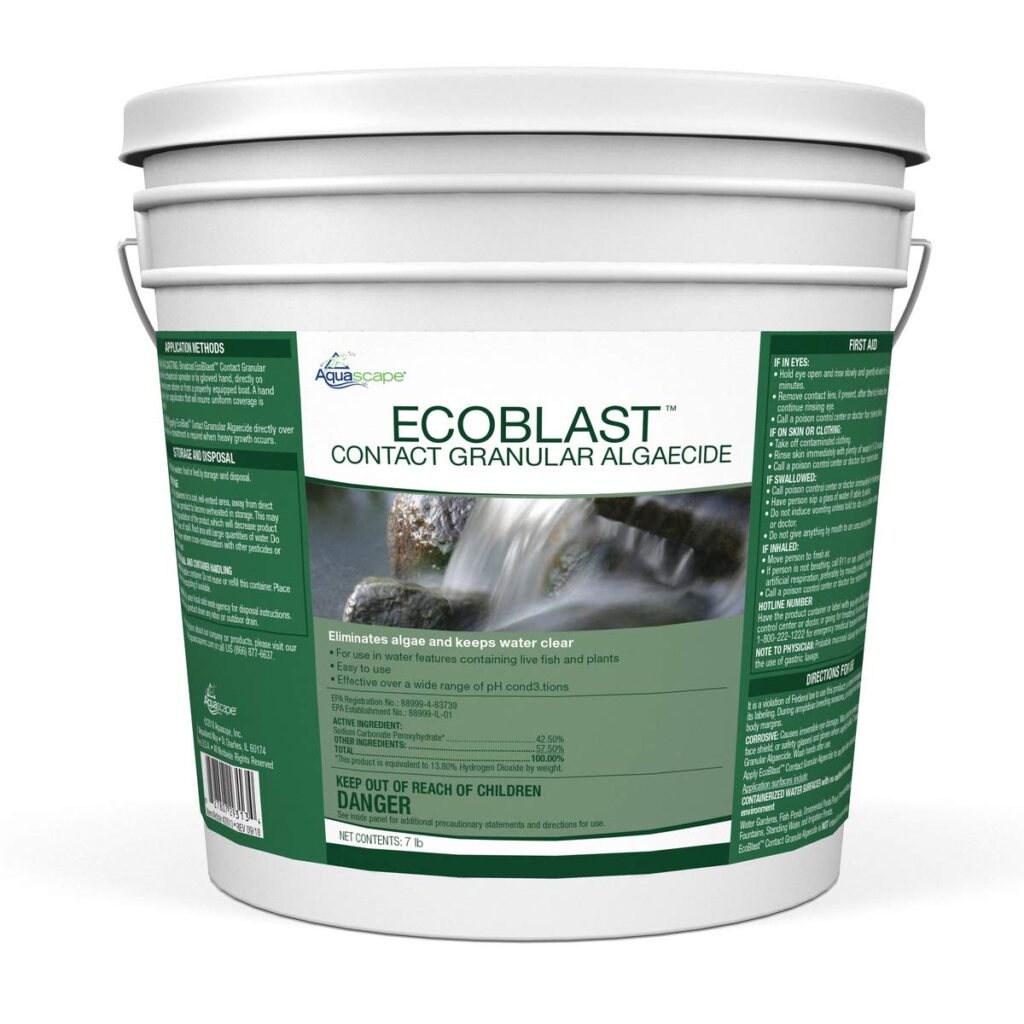
You can introduce some specialized chemicals like String Algae Buster or EcoBlast to stop the algal growth in your waterfall.
These chemical algaecides are quite effective in controlling the algal growth in the fountain.
4. Use the Correct Pump
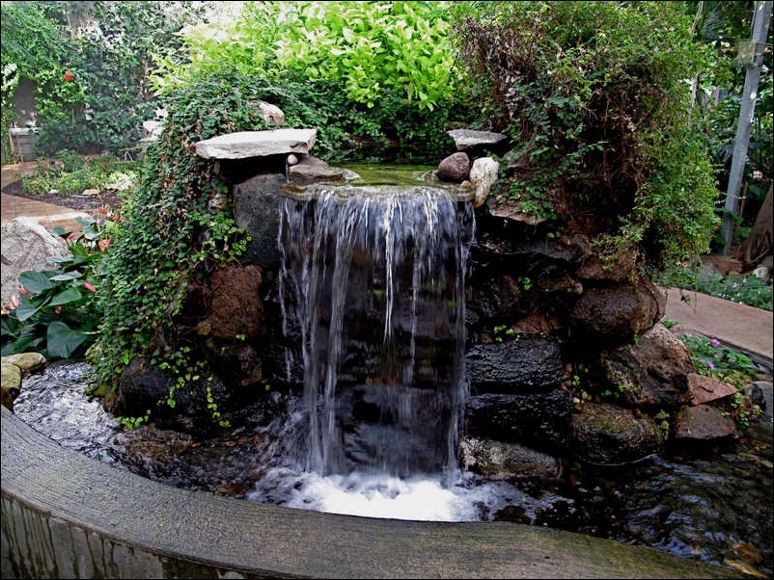
Aeration of the water is important because it increases the water’s oxygen content and thereby enhances the natural defense against algal accumulation and growth.
For this, choosing the right pump size according to the size of the waterfall or fountain is crucial.
5. Install an Ionizer
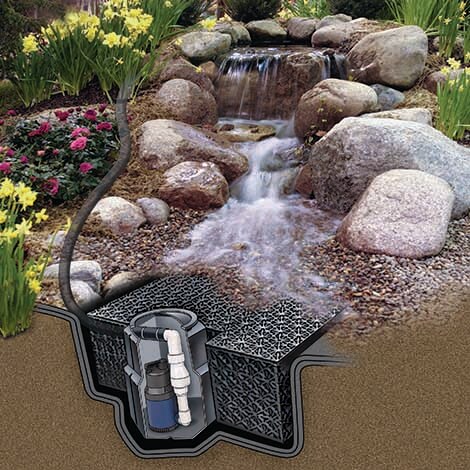
Although an expensive method, those who can shell out the pennies to install a device like IonGen can constantly deter algae from taking over your waterfall.
This is because such ionizers release copper ions into the water, which prohibits ideal algal growth conditions. The probe needs to be replaced every one to three years.
6. Implement an Automatic Dosing System
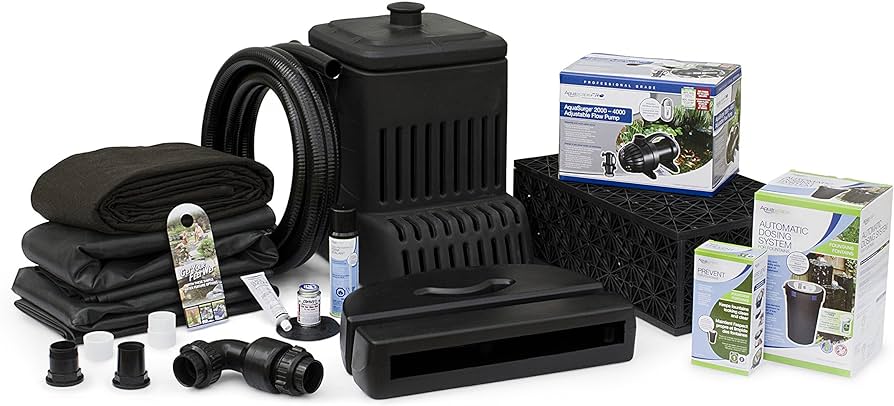
Alternatively, you could use an auto doser to automatically add specialized formulated water treatments to the waterfall and prevent the algae.
Concluding Thoughts
So, hopefully, you have now understood why your garden waterfall is turning green and how you can prevent it.
Also, if you are not enthusiastic about hiring a professional, you can learn how to maintain and clean your waterfall yourself.
Although water body algae are not harmful but beneficial for the water ecosystem, they do not make a pleasing sight and appearance.
String algae help balance the waterfall by removing nitrates and phosphates from the water body.
However, to prevent your fountain from appearing shabby and to save the water filtration system from clogging, you could use our recommended ways to clean and maintain your backyard waterfall.


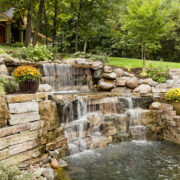
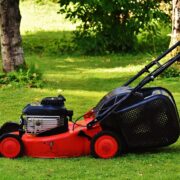


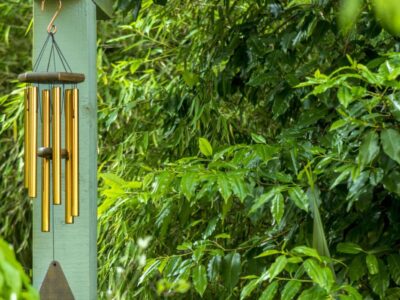
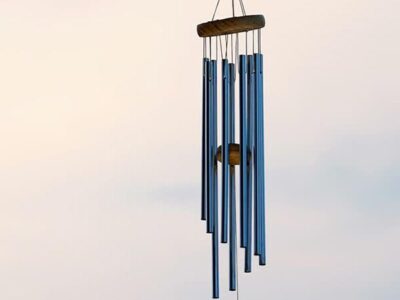

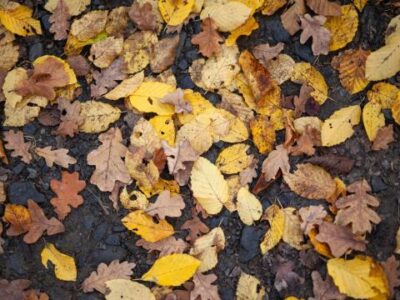
Comments